Musician Takes Stage in Casablanca to Share Moroccan Sephardic Musical Traditions
PERSISMA, Casablanca – The connection between written and oral traditions was the central theme at “Cantares del Norte de Marokko” (“Songs of Northern Morocco”) at the Mohammed VI Theater in Casablanca on April 14.
Vanessa Paloma, an internationally-acclaimed Colombian-American singer specializing in Sephardic music, gave the concert, which featured Jewish religious songs, Romances and traditional marriage songs from northern Morocco.
“The oral and the written are not divorced from each other, but instead actually completely interconnected,” Paloma said, in an exclusive interview with Morocco World News. “These Jewish women’s repertoires are an oral tradition…when you analyze [these songs], you realize that the written and the oral are completely in line with each other.”
For Paloma, who began singing before audiences at the age of seven, her interest in Sephardic music stemmed from her academic studies in medieval music and her personal connection to Judaism.
“I wanted to find a way to marry these two parts of me. That’s when I decided ‘okay, I’m going to really focus on this Sephardic repertoire,’” Paloma said.
Paloma received a Senior Fulbright Research Grant, which allowed her to spend a year living in northern Morocco with the Jewish community while researching the region’s Judeo-Spanish women’s songs. The academic and musical artist has now lived in Morocco for eight years. She is currently finishing her PhD at the Sorbonne’s Institut National des Langues et Civilisations Orientales and regularly travels internationally to perform.
In 2013, Paloma founded KHOYA: Jewish Moroccan Sound Archive in order to collect, digitize and preserve Moroccan Jewish songs and oral histories for future generations of Moroccans.
Maurice Elbaz, a Moroccan music producer and Paloma’s husband, described the process for selecting the show’s ensemble:
“We tried to take different kinds of musicians. Each one represents a special type of Moroccan music, because in Morocco there isn’t just one form of music but rather many types of popular music,” Elbaz said. “Every musician represents a different part of Morocco with his musical experience.”
According to Elbaz, it is Paloma’s unique repertoire which appeals to the accomplished musicians who perform with her.
“What she does is really totally different than what people are used to doing in Morocco… For them it’s interesting because they don’t have a lot of people who would play this style of music,” Elbaz said. “It’s an opportunity to do something that’s Moroccan but still different.”
For “Cantares del Norte de Marokko,” Paloma sang Sephardic Romances, or narrative folk ballads, along with Jewish religious songs and weddings songs from northern Morocco. Most of the repertoire’s songs are in Haketia, or North African Judeo-Spanish, also sometimes referred to as “Ladino Occidental.”
It is through the Romances, Paloma argues, that the community was able to transmit moral lessons from one generation to the next and discuss taboo topics, such as sexual propriety.
““[They could] pass on the messages in song. That’s the thing that I think is so important about these oral traditions,” Paloma said. “I call it ‘the voice of the community.’ It’s not an individual speaking. The woman singing is speaking on behalf of the entire community.”
During the show, Paloma performed a special version of the prayer “Ein Keloheinu” that originally comes from Slat El Fassiyine Synagogue in Fes. Although the prayer is usually sung in Hebrew, Jews at Slat El Fassiyine sang Ein Keloheinu in three languages: Haketia, Judeo-Arabic and Hebrew. In the southern city of Taroudant this three-language version of the prayer was also sung once per year.
“It shows the cultural intermingling in the Jewish community in Morocco. There were Jews who came from Spain who went to live in predominantly Berber lands where they were speaking Judeo-Arabic, Judeo-Berber and Hebrew,” Paloma said. “They didn’t even know what those [Haketia] words meant anymore as generations passed but it was still this ritual that marked their ancestry.”
Paloma began the show wearing a hand embroidered dress originally made for a wedding, along with a traditional headdress worn by Moroccan Jewish women during parties. Later she donned another wedding outfit complete with a crown-shaped headdress covered in pearls called a jemar and a 150-year-old silk shawl. The choir of four women accompanying her during the program’s marriage songs were in berberisca outfits typically worn during the “Noche de Berberisca,” the henna ceremony that precedes weddings.
According to Paloma, the repertoire’s songs reflect women’s unique power in the Moroccan Sephardic community.
“I actually believe that these songs show how the community values women’s power, but you have to learn to look at it from a different approach to power. It’s not the power of institutions; it’s the power of the social nexus. The power of the social nexus is a feminine power in this community,” Paloma said.
“The concept behind this performance is to give value to all of these feminine traditions in the way that they’re perceived in their strength, in their beauty and in their deep symbolic power.”
Videos of Paloma performing traditional Moroccan Sephardic songs can be found on the artist’s website: vanessapaloma.com.

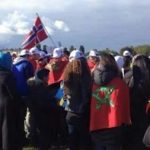





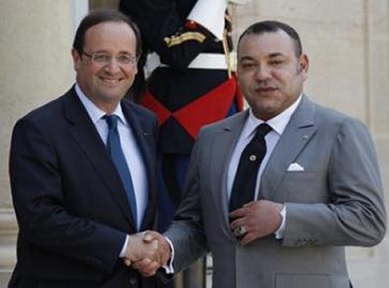
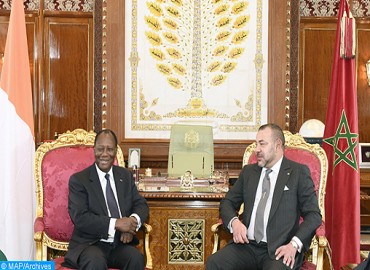

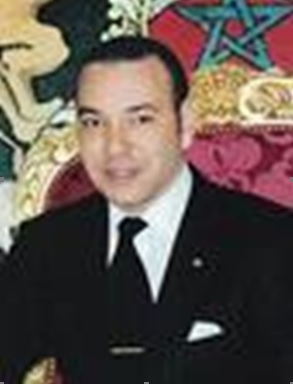

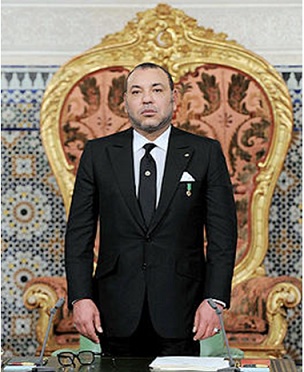




New Comments